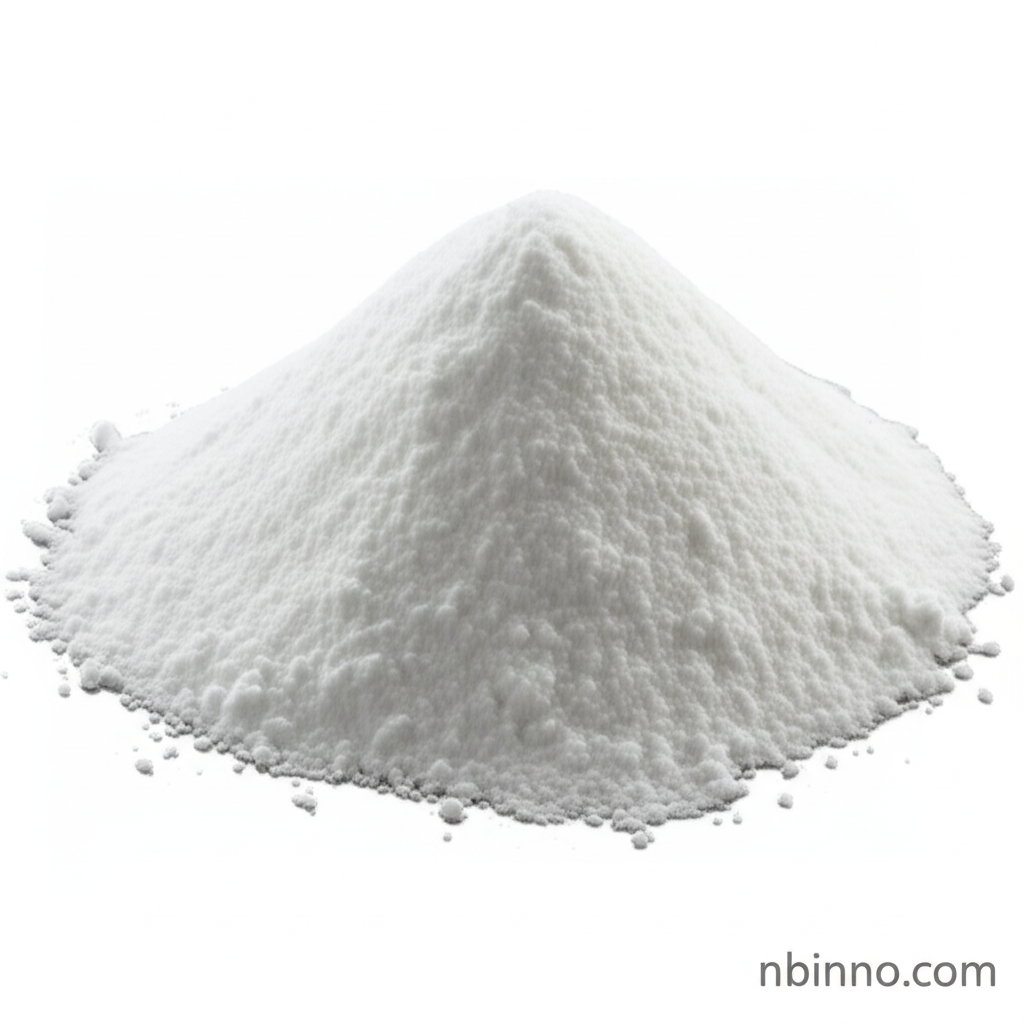Thianaphthene (CAS 95-15-8): A Versatile Pharmaceutical Intermediate and Organic Synthesis Building Block
Discover the extensive applications and chemical significance of Thianaphthene in modern industry.
Get a Quote & SampleProduct Core Value

Thianaphthene
Thianaphthene, identified by CAS number 95-15-8, stands as a pivotal heterocyclic aromatic compound with a molecular formula C8H6S and a molecular weight of 134.2. Its significance spans critical roles in pharmaceutical synthesis, serving as a precursor for compounds like Raloxifene, which are vital in treating conditions such as osteoporosis and breast cancer. Beyond pharmaceuticals, it acts as a versatile building block in organic synthesis for agrochemicals and advanced material science applications.
- The synthesis of Raloxifene, a key anti-osteoporosis agent, relies heavily on Thianaphthene as a pharmaceutical intermediate.
- As a precursor for organic sulfur sources, its application extends to diverse chemical processes.
- Thianaphthene is utilized as a building block for heterocyclic sulfonamides, showcasing its importance in organic synthesis.
- Its role as an intermediate for prostaglandin derivatives and as a reaction agent for antitumor agents highlights its broad pharmaceutical utility.
Key Advantages
Pharmaceutical Efficacy
Its critical role in the synthesis of anti-osteoporosis agents and antitumor agents makes it indispensable in the pharmaceutical industry, directly impacting drug development and patient well-being. This underlines the importance of finding reliable suppliers for this specific pharmaceutical intermediate.
Versatile Synthesis Applications
Thianaphthene's utility as a starting material for heterocyclic sulfonamides and prostaglandin derivatives makes it a cornerstone for chemists engaged in complex organic synthesis. Exploring various organic sulfur sources can lead to novel compound discoveries.
Material Science Potential
Beyond its pharmaceutical applications, Thianaphthene is employed in developing photochromic materials and optical recording media, showcasing its potential in advanced material science and technological innovation.
Key Applications
Pharmaceutical Manufacturing
Crucial as a pharmaceutical intermediate for synthesizing medications like Raloxifene, addressing needs in osteoporosis and breast cancer treatment. The demand for high-purity pharmaceutical intermediates drives innovation.
Organic Synthesis
Serves as a vital building block for a wide array of organic compounds, including heterocyclic sulfonamides and intermediates for antitumor agents. Mastering the synthesis of these compounds is key.
Material Science
Used in the creation of photochromic materials and optical recording media, pushing the boundaries of material technology. Researching new applications for organic sulfur sources is ongoing.
Research & Development
Essential for research into new drugs and advanced materials, offering a versatile starting point for novel chemical structures. Understanding organic synthesis building blocks is vital for R&D.
